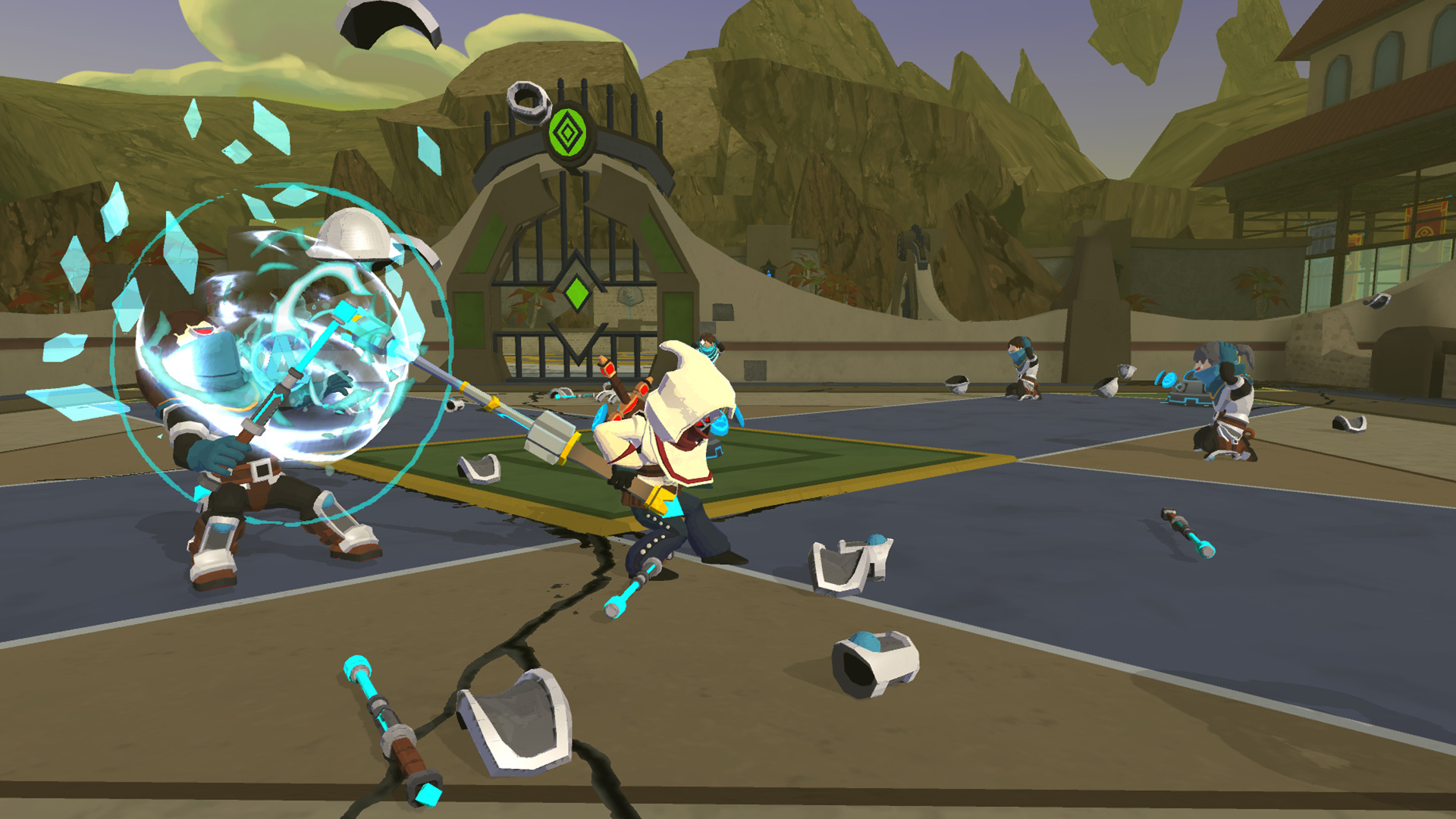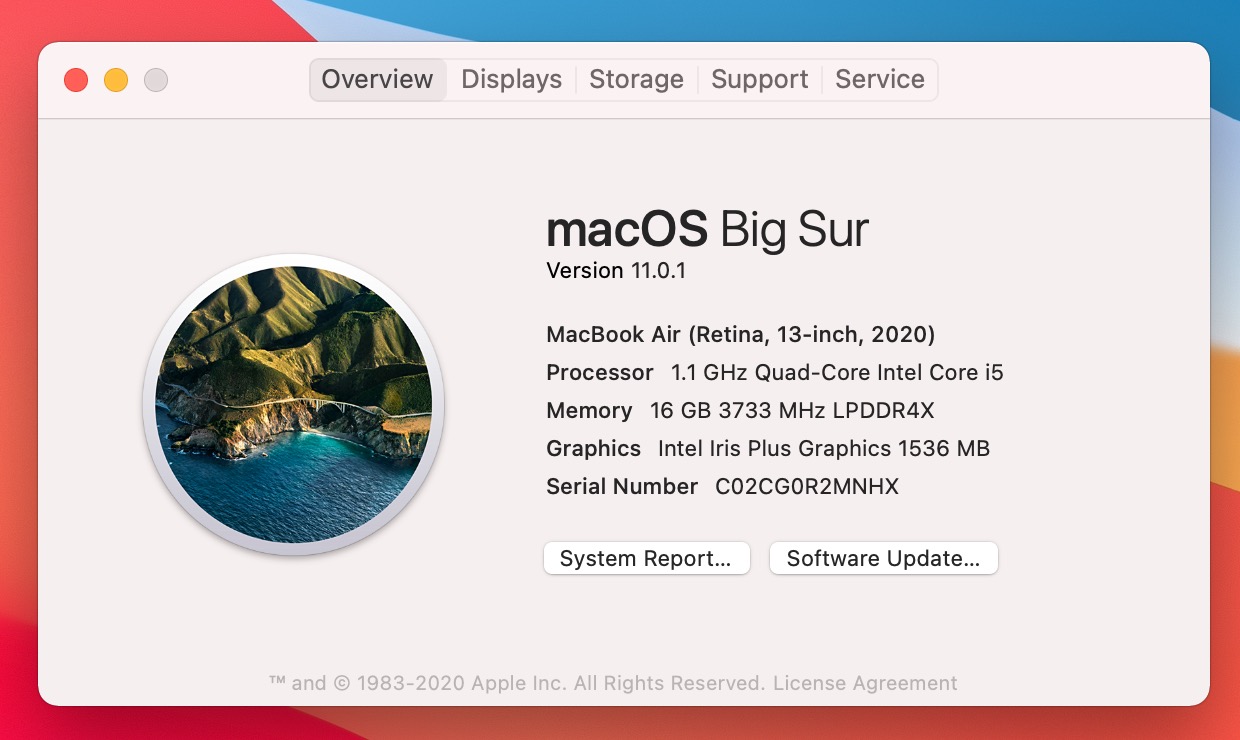Hindsight Is 2020 Mac OS
Hindsight 20/20 - WOTR is a 3D third-person action RPG with morality decisions from BioWare and Sucker Punch veterans. Discover the power of your morality with choices and actions that truly matter.
Solution:
Which Mac operating system is the best is a topic of numerous debates among Apple fans. Since the mission of this blog is to refute myths and legends around Macs, it’s time for me to provide my 2 cents about the issue on hand. While everything below is just my opinion, as a long-time Mac user and v. In hindsight we should have set the tag to 'macos' when we introduced this, but at that time 'macosx' was the better choice (esp. Because Mac OS 9 was still alive at that time).
The steps to install QuarkXPress 2020 on Mac OS are as follow:
1. Download the QuarkXPress 2020 installer from

- Drag and Drop the QuarkXPress 2020 icon on the Applications folder to install the software (as shown in Figure 1) and you'll see the files start copying to the application folder( as shown in Figure 2) 4. Once the copying finishes. Go to Applications and launch the QuarkXPress 2020 to complete the installation process.
- Latest Hindsight Is 2020. Hindsight Is 2020. Hindsight is 2020. Hindsight Is 2020. This Isn’t the POLITICS of 2010.
2. Go to your Downloads folder and open the downloaded installer package by double clicking on the QuarkXPress 2020.dmg file.
3. Drag and Drop the QuarkXPress 2020 icon on the Applications folder to install the software (asshown in Figure 1) and you'll see the files start copying to the application folder( as shown in Figure 2)
4. Once the copying finishes. Go to Applications and launch the QuarkXPress 2020 to complete the installation process.
5. Scroll down to read the license agreement and then click 'Agree' .
6. Choose the product configuration as “QuarkXPress” and enter your validation code.
7. Click on continue to activate QuarkXPress. Your system must be connected to the Internet to
Hindsight Is 2020 Mac Os Catalina

A recurring theme in this series is that the middle of the 1990s was not Apple’s best era. With Windows 95 on the march and Apple’s market share waning, the company made a series of questionable decisions as it struggled to find a way to stabilize and grow its business.
For years, Apple had to justify itself as an outlier in its own industry. Everyone from journalists to investors would look at Apple and compare it to every other PC maker,wondering why it couldn’t just choose a path. Why couldn’t Apple settle on being either Microsoft or Dell? Why couldn’t it become a software company and license its stuff to a collection of hardware makers and let the money roll in? Why couldn’t it focus on making hardware that ran Windows like everyone else?
This was a fundamental misunderstanding of what even confused, beleaguered mid-’90s Apple was. Apple always went its own way, building the hardware and software together—and that’s what made it notable. But for far too many people, any company that can’t be easily compared to another company has to be weird or broken or wrong.
The saddest thing? At some point in the mid-90s, some powerful people inside Apple seemed to believe this misunderstanding was true, at least a little bit. And that’s how Apple decided to try to save its business by allowing outside companies to make officially licensed Mac clones.
An ecosystem without predators
It wasn’t Steve Kahng’s fault that Apple was dazed and confused. He was a computer engineer who had made millions in the PC clone business, and he saw an opportunity to apply the hard-earned lessons of a ruthless PC clone maker to a soft market entirely unaccustomed to real competition. Kahng founded Power Computing, the first, and by far the most important, Mac clone maker. He hired a bunch of disaffected Power Mac hardware engineers away from Apple. He set up a factory in Austin, Texas that would use the same build-to-order manufacturing techniques innovated by Power’s Austin neighbor, Dell. And for a brief couple of years in the mid-1990s, Power Computing changed the face of the Mac world.
The computers themselves? They were beige PCs. You could never tell by looking at them that they weren’t just mid-90s clones from pretty much any random clonemaker. And in truth, they rarely offered any technology that wasn’t already offered by Apple, though in some cases Power Computing went the extra mile.
The one that did was the PowerWave. This early Power Computing model, with its unique “Stargate” mechanism, offered buyers the option of simultaneous compatibility with both old-school NuBus expansion cards and new-school PCI cards. Apple never offered a transitional product like that. I bought and used one for four years.
For the most part, Power Computing shined in the areas where it could run circles around Apple. Apple manufactured Macs en masse and shipped them into an enormous sales channel; Power Computing built each computer to order, to a customer’s specifications—meaning it had essentially no inventory, as well as a remarkable level of customizability. Apple couldn’t integrate new, faster processors into Power Macs until they were shipping in large enough volumes to fill Apple’s sales channel; Power Computing could buy a much smaller allotment of those processors fresh off the assembly line and make headlines by beating Apple to whatever the latest megahertz milestone was. Apple’s sales channel was large and slow to move and focused on resellers; Power Computing sold direct.
Perhaps most notably, Apple’s marketing in the mid-90s was… sedate? Boring? One of my jobs at MacUser magazine during this period was to compile the monthly reader-mail column, and a constant theme was enthusiastic Mac users aghast at Apple’s inability to market the virtues of the Mac to the wider world.
Power Computing’s marketing was the opposite of sedate. It spoke to loyal Mac users in their own language—a scream of defiant pride.
Hindsight Is 2020 Quote
Take a flying leap
It’s August 1996, and an enormous crane festooned with the Power Computing logo is looming over a pier at the far edge of the convention center in Boston where Macworld Expo is being held. It’s been dubbed the PowerTower, after the company’s new series of professional tower Mac clones. For the entire week of the trade show, you can’t step outside without being assaulted not just by Boston’s aggressive summer humidity, but by the sounds of screams from Mac users getting dropped from a great height.
Hindsight Is 2020 Mac Os X
It was yet another triumphant publicity stunt for Power Computing’s head of marketing Mike Rosenfelt, who excelled at them. Months later, the streets of San Francisco around Moscone Center were flooded with humvees carrying Mac users in fatigues as a part of its “Fighting Back for Mac” theme. That campaign also featured a cartoon character bearing an uncanny similarity to Sluggo from the comic strip “Nancy”, shouting, “We’re Fighting Back for Mac!” or, in its slightly less censored variant, “Let’s Kick Intel’s Ass!”
Rosenfelt understood that denigrating Apple wasn’t the way into the heart of Mac users. These were dark times for Apple. Instead, Power embraced the rebellious nature of using a Mac in the mid-90s. Its message was that Power Computing was a company that understood the power of the Mac, and why it deserved your loyalty. “You can take my Mac when you pry my cold, dead fingers off the mouse,” in the words of an early 1997 Power Computing ad.
The idea of the clone era was not that companies would eat Apple’s lunch, leaving the company teetering on the brink of bankruptcy. It was to expand the Mac market, pushing back at the Wintel hegemony and growing Mac OS market share. But the truth is that the Mac was probably too far gone by the time Apple finally committed to license Mac OS, first to Power Computing and later to many other companies, including UMAX, APS, Radius, Motorola, and Daystar Digital. The momentum toward Windows was so powerful that all the Mac OS hardware companies were fighting over scraps.
The road not taken
Would licensing Mac OS have worked in a different set of circumstances? It’s possible, though not very likely. If Apple were a bit stronger, if Microsoft were a bit weaker, it’s possible that Mac OS could have managed to keep a larger portion of the overall PC market. And Apple might not have lost its soul in the process—consider today’s Microsoft, which is steward to Windows but also makes some of the best PC mobile hardware with its Surface series.
But the truth is, Apple has always been about combining hardware and software together in a way that other companies just haven’t been. The thing that made Apple so frustrating to investors and business analysts is also the thing that makes Apple work. And the return of Steve Jobs to Apple in early 1997 made it clear that Apple would be doubling down on that style, and there would be no place for clones.
The end of the clone era was relatively abrupt. Mac clone licenses were based on version 7 of Mac OS, so Steve Jobs renamed the forthcoming Mac OS update Mac OS 8—freezing licensees out of the new OS and the new hardware it would support. The writing was on the wall. But Jobs also seemed to be willing to pay to make the clone-makers go away; in the case of Power, the company sold its core assets to Apple for $10 million in cash and $100 million in Apple stock.
Still, as with DayStar Digital, Power Computing contributed to the Mac in some interesting ways and prefigured the future in others. Its policy of building systems to order and minimizing inventory became an industry standard—and while Power Computing wasn’t the first to take that approach, they were the ones who exposed Mac users to it for the first time.
And while it’s hard to verify the claim, Power Computing seems to be the first computer to allow customers to build and order their computer, spec by spec, via the web. (You could call Dell and order a custom system over the phone, but not via the web.) I know that’s how I ordered the PowerWave that I used for several years.
The Mac clone era was a mistake, in hindsight. But for those two-plus years when it was going on, the Mac market was dynamic and exciting in ways that it hadn’t been before—and honestly, hasn’t been since. Having multiple hardware makers to choose from, fighting to get your business and engaging in acts of one-upmanship via press release on a regular basis? That’s bog-standard stuff in the PC world, but for Mac users it was a dramatic change from the single-vendor world we’d been living in. After a decade buying at a Soviet market, we were turned loose in a shopping mall. It was chaotic and loud and obnoxious and incredibly fun.
When Steve Jobs pulled the plug, we were all disappointed. Apple’s track record in designing Mac hardware wasn’t really the best during that era. Fortunately for everyone concerned, Apple’s next set of hardware releases made us forget about the clones. But it sure was fun while it lasted.
I’ll be back next week with number nine.
If you appreciate articles like this one, support us by becoming a Six Colors subscriber. Subscribers get access to an exclusive podcast, members-only stories, and a special community.